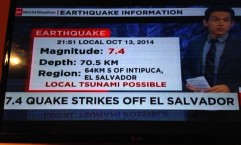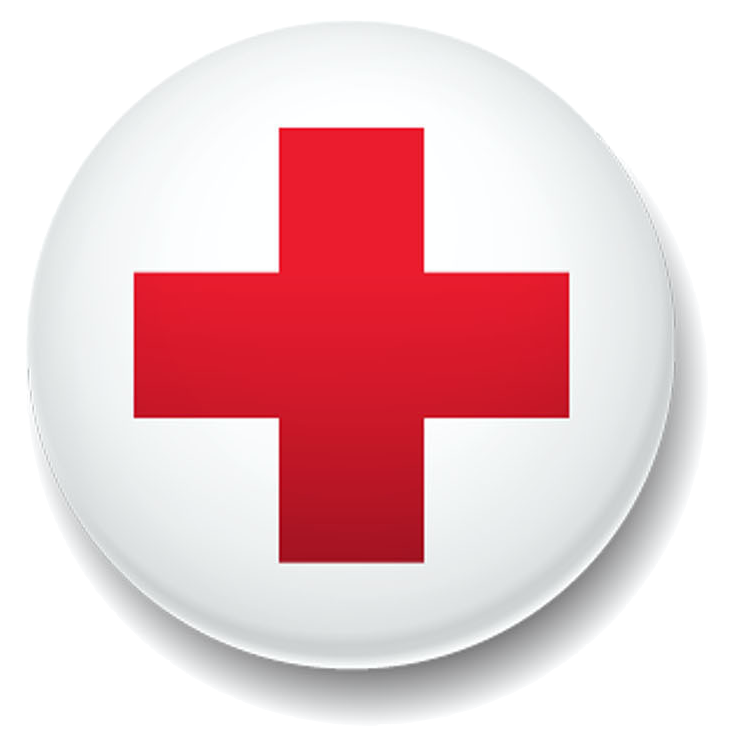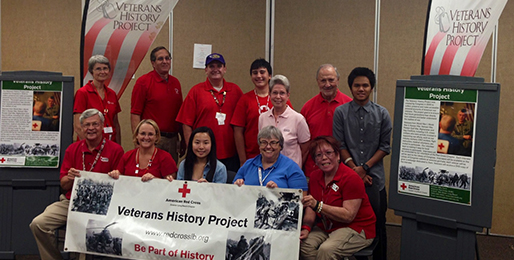By Hillary Palotay, Red Cross volunteer and former Preparedness and Resiliency manager, Los Angeles Region
To kick-off April is Earthquake Preparedness, read a personal account of a Red Cross volunteer Hillary Palotay’s earthquake experience, which happened October 14, 2014, when a 7.3 earthquake struck off the coast of Nicaragua – one day after Hillary traveled there for rest and relaxation.
 My hair is full of shampoo and the bathroom floor is rolling up and down as the door slams back and forth. For nearly five years I volunteered and worked for the Red Cross Los Angeles Region in preparedness education, and my first thoughts were: Do I have enough time to get the suds out (since access to running water may not be likely in the days ahead)?
My hair is full of shampoo and the bathroom floor is rolling up and down as the door slams back and forth. For nearly five years I volunteered and worked for the Red Cross Los Angeles Region in preparedness education, and my first thoughts were: Do I have enough time to get the suds out (since access to running water may not be likely in the days ahead)?
I turn off the shower, grab any container I can find, fill it with water and run into the room. It wasn’t a violent quake but Deborah, my college travel buddy, and I, are less than half a mile off the coast and at sea level. I can tell she’s shaken, and like most people during a no-notice hazard, she wants to convince herself it is something else. 
I’m vacationing on the Pacific Coast Nicaragua, which is considered to be very seismically active with events of M 7.3 (2012), M 7.7 (2001), M 7.7 (1992) and M 7.3 (1982) all having occurred within 200 km of the October 14 earthquake in the past 35 years. What can I say? I’m not a travel agent.
When you are close to the coastline during any earthquake you should be aware of tsunamis particularly when it is a strong quake lasting 20 seconds or more, you notice a rapid rise or fall in coastal waters, and of course, a tsunami watch or warning to evacuate is issued.
I yell to Deborah, “Grab your passport, put on your shoes and get ready to go. Take any food and water we have in your bag and text you family. We should get out of here!”
Fortunately, the majority of Spanish I’ve been using over the past five years has centered on emergencies, and I am able to call the hotel and ask for the evacuation route. I know we are lucky because the phone and electricity are still working for now and we have at least a few precious moments to take some important steps.
A tsunami evacuation notice has been issued for the Nicaraguan coastline, ie: us.
This is the time to be grateful for social media and texting. While I know I’ve got minutes to get out of there, in only a few seconds I was able to text my family, check in to Twitter and get updates from USGS and NOAA (pacific tsunami watch) on the quake and tsunami in real time.
While those systems will not always be in place during the next disaster, having access to them could save my life. No imminent threat was issued but in an emergency at home or abroad, better safe than sorry. With our go kits in hand, shoes on and passports wrangled we are ready to leave for higher ground.
We checked one final moment on the breaking news and an update reported the quake was too shallow to generate a tsunami; the evacuation order had been removed. In less time than it takes to watch an episode of Survivor, we had experienced an earthquake and possible tsunami.
My heart was going a mile a minute (compared to a tsunami wave which can travel as fast as a jet plane). Deborah, who had until this time been quickly and quietly following all my barked orders, asked if that meant we were going to be alright. You gotta love Deborah. We have been to Istanbul, Shanghai, Paris and Chico State together. She knows when to ask questions and when to make a break for it.
We were very lucky. A tsunami did not occur, but knowing what to do and reacting quickly makes a difference. If you live or are staying within a tsunami inundation zone, remember that every foot inland or upward can make a difference.
Check out the Red Cross PrepareSoCal website for helpful information about preparing for an earthquake and other disasters.





